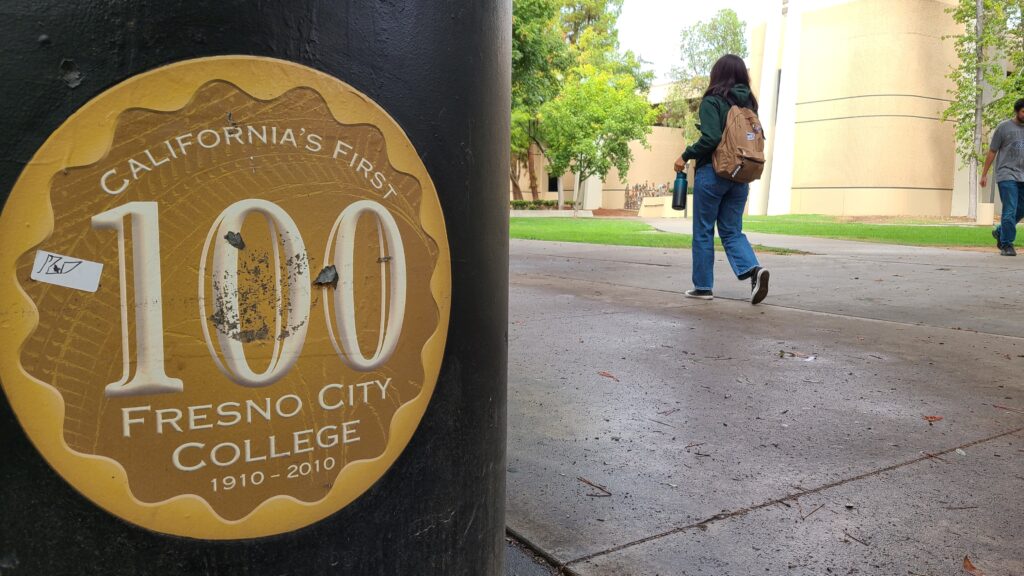During this summer, a team of students from MIT embarked on a journey to the sou …
Expansion of tuition-free access to California community college campuses across the state
Lila Lightbringer

With the decrease in enrollment rates across the community college system in California due to the Covid-19 pandemic, colleges have been promoting their tuition-free access in recent months.
For many years, students have had access to tuition-free community college under the California College Promise Grant, which waives tuition fees for California resident students and non-residents under the California Dream Act who meet the needs-based criteria stated in the Free Application for Federal Student Aid, also known as FAFSA.
Colleges can also use a separate source of funding to waive tuition for students who don’t qualify for the Promise Grant. The California Promise, established under Assembly Bill 19 in 2017, allocates $46 million annually to support students across the state’s community colleges.
Colleges have flexibility in how they use the funds, and many are choosing to use them to waive tuition for students who don’t qualify for the Promise Grant. This initiative is attracting students back to campuses following the decline in enrollment during the pandemic.
All 116 community college campuses in California now offer some form of tuition-free education.
Students like Paige Stevens, a returning student at Folsom Lake College, have responded positively to this initiative.
“I didn’t even know about it. I was set up on a payment plan, paid my first payment, and then the next time I checked my balance, it said it was paid by the California College Promise Grant. I had to look it up,” Stevens said. “Now that I received this financial aid, I was super excited and enrolled in another two classes to take advantage.”
While much attention has been given to the significant drop in enrollment immediately following the pandemic, which raised concerns about funding cuts, enrollment in the state’s community colleges has started to increase, and many administrators attribute this to the Promise Program.
Some campuses have gone beyond the Promise Grant program and have offered awards to students who may not qualify.
Since the 2020-21 semester, Diablo Valley College in Contra Costa County has been offering a “full-time free tuition award” that reimburses tuition for eligible students who are California residents, enrolled in at least 12 units, maintain a minimum 2.0 GPA, and follow an education plan. Marisa Greenberg, marketing and communications coordinator for Diablo Valley, stated that over 8,000 students have taken advantage of these programs at their campuses.
“DVC is experiencing a moderate increase in enrollment this semester, and although many factors impact enrollment, we are confident that the college’s free tuition programs have played a role,” Greenberg said in an email. “We know from conversations with students that receiving free tuition makes it possible for many students to either remain in college or to take more units, thereby accelerating their time to completing a degree or certificate.”
In the San Mateo County Community College District, tuition has been waived for all students, regardless of income, since the fall 2022 semester. According to data from the Chancellor’s Office, there was an increase of approximately 1,500 students, or a 9.5% increase, between the fall 2021 and fall 2022 semesters across the three district campuses.
The enrollment increase continued in the spring 2023 semester, with an additional 400 students. Typically, spring semesters experience a decrease in enrollment, according to the data. The district’s advertising campaign, which includes mailers and online ads, has highlighted the fact that tuition is now free.
Chabot College in Hayward has also implemented tuition-free enrollment for first-year students, regardless of income.
“At Chabot College, we understand that the ability to pay or offset college expenses yields a greater probability of enrollment,” President Jamal A. Cooks said in an email. “We wanted to make sure to break down the barriers to postsecondary education,” he added, noting that it’s the path toward upward social mobility.
The strategy appears to be effective, as Chabot College’s enrollment remained stable between the 2021-22 and 2022-23 semesters, with only a slight decrease of fewer than 200 students.
Since the state plans to end its “hold harmless” protections in 2025, which currently maintain funding for colleges at their 2017-18 levels even with declining enrollment, these campuses will need to continue reversing the trend of enrollment losses to prevent budget cuts. Once the temporary freeze ends, the funding allocated to community colleges in California will largely depend on their enrollment numbers. The California Promise program will be an essential tool in achieving this goal.
According to Chip Woerner, director of marketing and communications for Los Positas College, keeping tuition-free access ensures that other services remain accessible to students.
“A tuition-free campaign … opens a conversation with students about the many resources available to them at our college,” Woerner said in an email.
California Student Journalism Corps.


